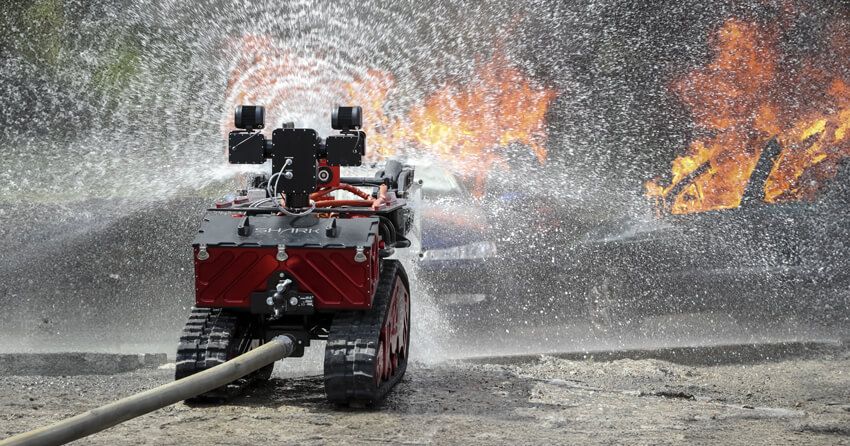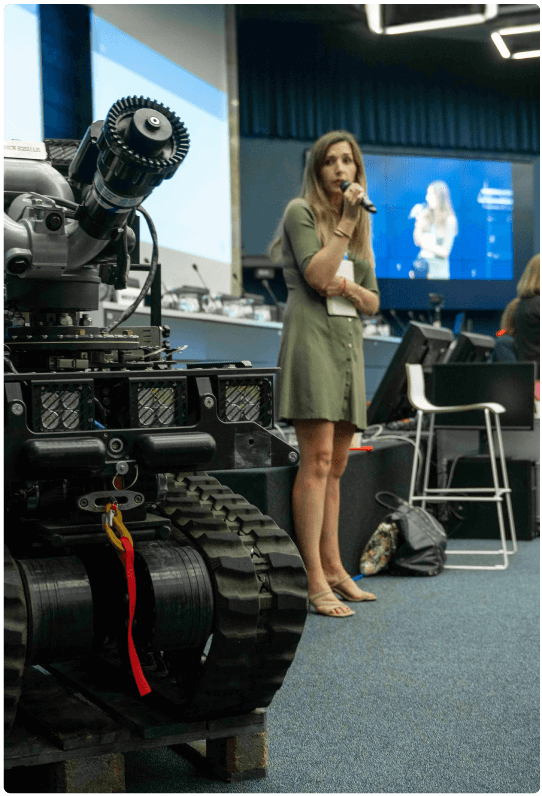The Genesis of firefighting robots
11/05/2024
The origins and evolution of firefighting robots
The development of firefighting robots emerged from a growing need to protect lives and infrastructure in increasingly complex fire situations. Initially designed to handle extreme conditions, these robots were first deployed in high-risk environments, such as industrial fires and contaminated zones, where human intervention was too hazardous.
From simple machines to advanced robotics
Early firefighting robots were basic, primarily focused on carrying equipment or spraying water. However, major incidents, such as the Chernobyl disaster, underscored the need for machines capable of taking on dangerous, high-stakes tasks. Japan and the United States pioneered early investments in emergency-response robotics, leading to more refined technologies by the 1990s.
Technological advances for precision
Over time, firefighting robots evolved with the addition of thermal cameras, sensors, and advanced navigation systems, allowing for precise fire detection. Shark Robotics, for example, developed Colossus, a robust robot able to withstand extreme temperatures and carry vital equipment. Colossus notably aided during the Notre-Dame fire, highlighting the importance of these tools in disaster scenarios.
Growing demand in public and private Sectors
As industrial fires and risks to critical infrastructure increase, firefighting robots have become essential allies. Their rapid deployment and adaptability provide significant advantages for private companies, minimizing operational interruptions and potential losses. These versatile machines have proven valuable for ensuring safety in high-risk environments.
The future of firefighting robots
International collaborations are driving advancements in autonomous intervention, with a focus on artificial intelligence. Future firefighting robots, part of Shark Robotics’ Application Firefighting Robots, aim to respond proactively, detecting and intervening in emergencies even before human responders arrive. This evolution toward real-time, independent decision-making promises safer and more effective fire safety solutions.
In short, firefighting robots represent innovation dedicated to safety, expanding human capabilities and redefining modern firefighting standards.
All news
Contact our communications team
